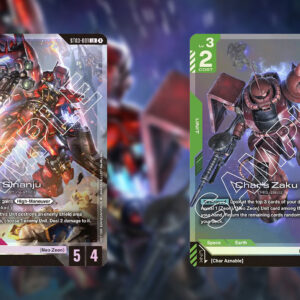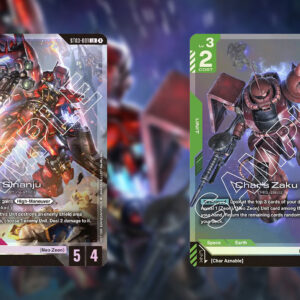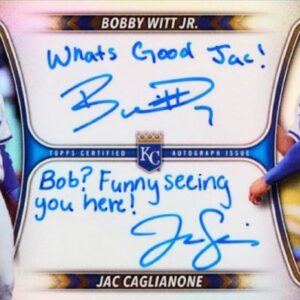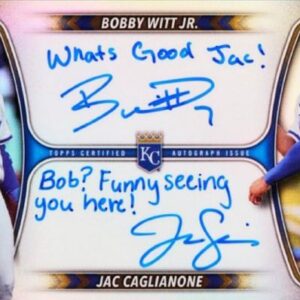Lately, if you’ve strolled past the aisles of a big-box retailer on a Friday, you might have noticed a bustling cluster reminiscent of a Black Friday melee. What could possibly inspire such fervor? No, it’s not the latest smart gadget or must-have toy, but rather a throwback treasure—the Pokémon Trading Card Game (TCG). What started as a nostalgia-fueled resurgence has spiraled into a chaotic frenzy, sparking discussions about whether this bubble may soon burst similarly to the infamous sports card implosion of the ‘90s.
On restock days, the atmosphere outside stores is almost battle-like. Excited collectors, hoping to nab the latest drops, find themselves elbow-to-elbow with opportunistic scalpers whose interests lean more towards their bank balances than Charizard’s HP. Eager scalpers, armed with credit cards rather than Poké Balls, aren’t even Pokémon aficionados. Instead, they’re looking to flip their haul, turning a quick profit as supplies are still warm from the cardboard oven.
The real sting comes for those who collect for the love of the game—and most painfully, for the younger fans. These casual collectors find themselves edged out, unable to match the fevered pace of the reselling game, often coming face to face with barren shelves once the crowd has dispersed. Those elusive cards they seek? A short search online reveals them, albeit priced at what seems like triple-digit inflation.
The underlying problem is wildly amplified by overprinting, like pouring petrol on a smouldering fire. The Pokémon Company, taking note of the insatiable thirst for their products, has ramped up production efforts. Sets previously hunted for their rarity—such as “Evolving Skies” and “Crown Zenith”—are now as common as Rattatas in tall grass. A striking example of this phenomenon is the “Van Gogh Pikachu” promotional card, which despite its initial allure, has found itself replicated around 40,000 times in pristine PSA 10 grades, rendering its rarity little more than an illusion.
This modern saga calls to mind the tale of another card boom—the sports card craze that spiraled out of control in the late 1980s and early 1990s. Back then, card manufacturers, buoyed by overwhelming demand, made a fatal miscalculation: they overproduced. What was once “rare” was suddenly ubiquitous, as though rarity were a common commodity. The once-verdant market wilted as collectors were left clutching cardboard above and beyond need or desire, and market prices nosedived.
So the question remains: is the Pokémon TCG riding that same merry-go-round of potential calamity, and if so, when does the music stop? It’s a tough riddle to unravel. Nonetheless, the signs of saturation are clear and present. The speculative purchasers with their hefty debts could soon face stark financial realities, needing to liquidate at whatever price they can fetch. Meanwhile, the casual collectors might grow weary of the chase, satisfied to rally their resources elsewhere, further damping demand and bringing a market correction that sees Pikachu’s grin wane just a bit.
Veteran collectors, those with weathered folders and box upon box of earlier cards, counsel an approach steeped in prudence. Should history echo itself—as it is wont to do—Pokémon TCG’s mercurial growth could find itself echoed in an equally abrupt downshift, a lesson in market moderation. The entropy of hype, as captivating as it is, inevitably subsides, leaving in its wake the steadfast truth: It is genuine rarity, not contrived shortage, which underpins enduring value.
Amidst the hustle and clamor, there is a deep-seated hope that this wave leads to a revival that stands the test of time. After all, for those who stashed away that first edition Charizard long before value was measured in dollars, it’s not just about the clinking of coins but the stories we tell and the shared experiences that keep us yearning for that rare pull. Whether a bubble about to burst or a market finding equilibrium, one thing’s for certain: the impact of Pokémon TCG will not soon be forgotten.






